The establishment of Cai Mep Ha free trade zone is a great opportunity for Ba Ria - Vung Tau province to fully exploit the potential of seaports.
Forming green ports
Cai Mep-Thi Vai port cluster in Ba Ria-Vung Tau province is capable of receiving super-heavy ships from 80-250,000 tons, transporting more than 60% of the country's container cargo volume. This port cluster has long been an important hub in the global supply chain.
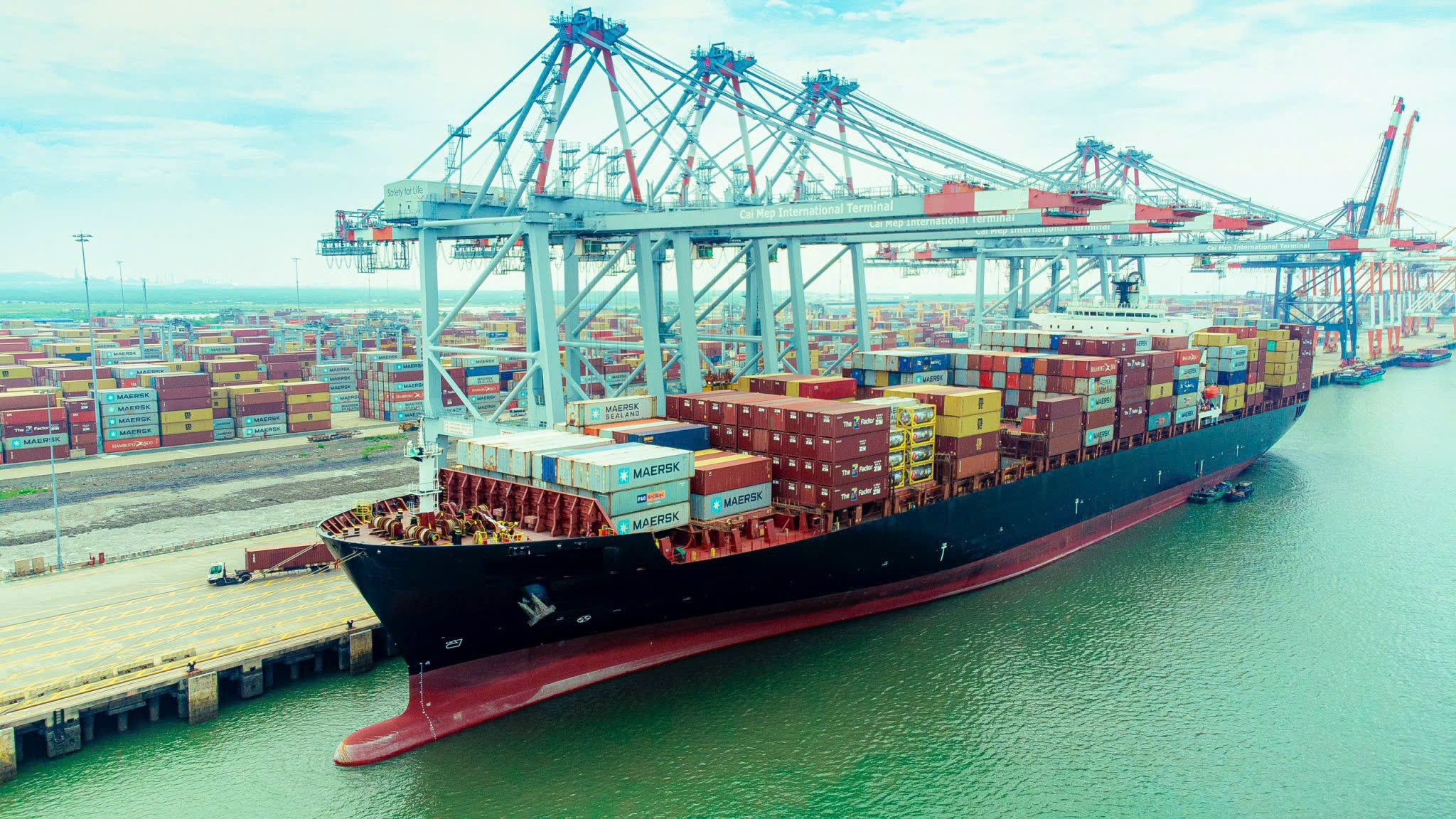
Seaports in Ba Ria - Vung Tau are transforming towards green and sustainable development.
Currently, units are shifting to develop green, sustainable ports to meet the requirements of international shipping lines. With a methodical investment strategy and great potential, Ba Ria-Vung Tau is gradually realizing the goal of becoming a leading logistics center in the region and the country.
According to Mr. Pham Hoai Trung, Head of the Net to Zero 2050 Campaign, in the context of globalization and increasing demand for environmental protection, ports that meet green standards will attract large shipping lines, maintain and expand international trade connections.
Green ports will promote sustainable economic development, helping countries and businesses maintain long-term development in the logistics industry. With a long-term vision, many ports in Ba Ria - Vung Tau have gradually shifted, investing in technology to green the chain, improve operational efficiency, and reduce negative impacts on the environment.
Ms. Nguyen Thi Thu Thao, Head of Public Relations Department of Gemadept Corporation - investor of Gemalink port, said that green ports not only protect the environment but also enhance the port's competitiveness in the global supply chain.
Converting to a green port helps the unit optimize processes, reduce costs and save energy. Using digital technology and electric equipment instead of diesel, Gemalink has reduced greenhouse gas emissions and saved operating costs.
According to Ms. Thao, 95% of mining equipment at Gemalink runs on electricity, instead of using fossil fuels, which significantly reduces emissions.
Mr. Rolf Habben Jansen, CEO of Hapag-Lloyd shipping line, said that the International Maritime Organization has set a target of reducing greenhouse gas emissions to zero by 2050 and the company is committed to implementing it.
"We work with ports and suppliers to build sustainable logistics chains, in which each stage is committed to protecting the environment. Therefore, ports and suppliers who do not participate in the green transition roadmap will be eliminated from the global supply chain, making it difficult to keep up with the general trend," said Mr. Rolf Habben Jansen.
Nguyen Xuan Ky, General Director of Cai Mep International Terminal, said that major shipping lines have clearly announced specific targets and timelines for achieving zero emissions, possibly earlier than global commitments. Many shipping lines require ports to provide “green credits” in order to participate in bidding, which is also a major shift in the transport industry.
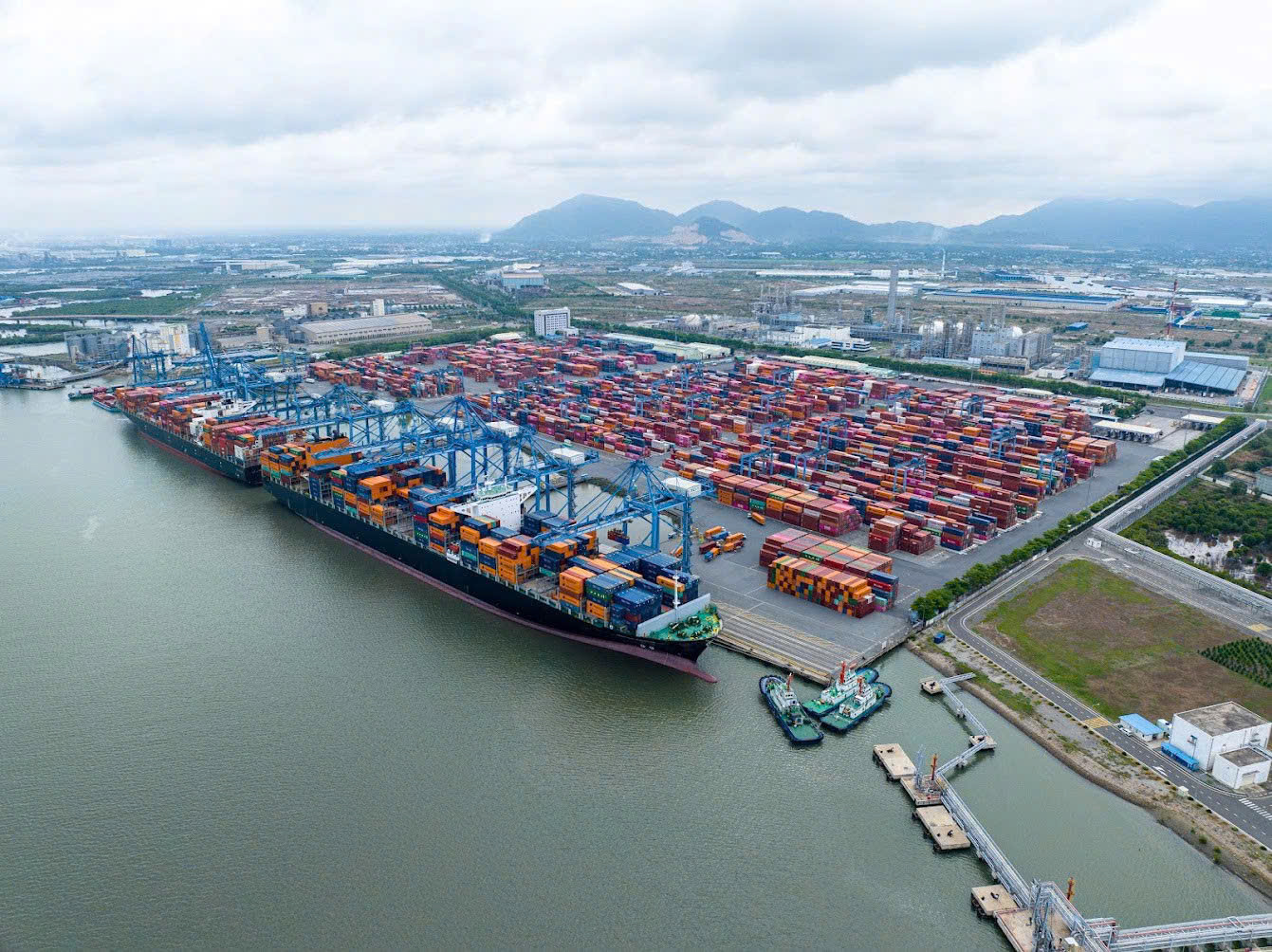
TCIT Port is investing in upgrading infrastructure to develop a green port.
At TCIT port, the unit also said it will continue to invest in infrastructure and upgrade equipment to build a green port. TCIT is researching the purchase of water filtration equipment using air filtration technology combined with solar energy.
According to experts, to create a synchronous and effective green transport corridor, it is necessary to have clear regulations on green transformation so that all seaports can implement it simultaneously. In addition, it is also necessary to have support mechanisms such as tax exemption, reduction or extension for green transformation projects, creating favorable conditions for investors...
Cai Mep Ha Free Trade Zone is a driving force for the development of the entire Southeast region.
In parallel with the development of green ports, Ba Ria – Vung Tau is focusing on forming a free trade zone in Cai Mep Ha. This is an important policy in Resolution 24-NQ/TW of the Politburo to develop the socio-economy of the Southeast region.
Mr. Nguyen Van Tho, Chairman of the People's Committee of Ba Ria - Vung Tau province, said that the free trade zone is not only a preferential mechanism for Ba Ria - Vung Tau but also a driving force for development for the entire Southeast region. This trade zone will help Vietnam compete effectively in attracting investment and promoting industrialization.
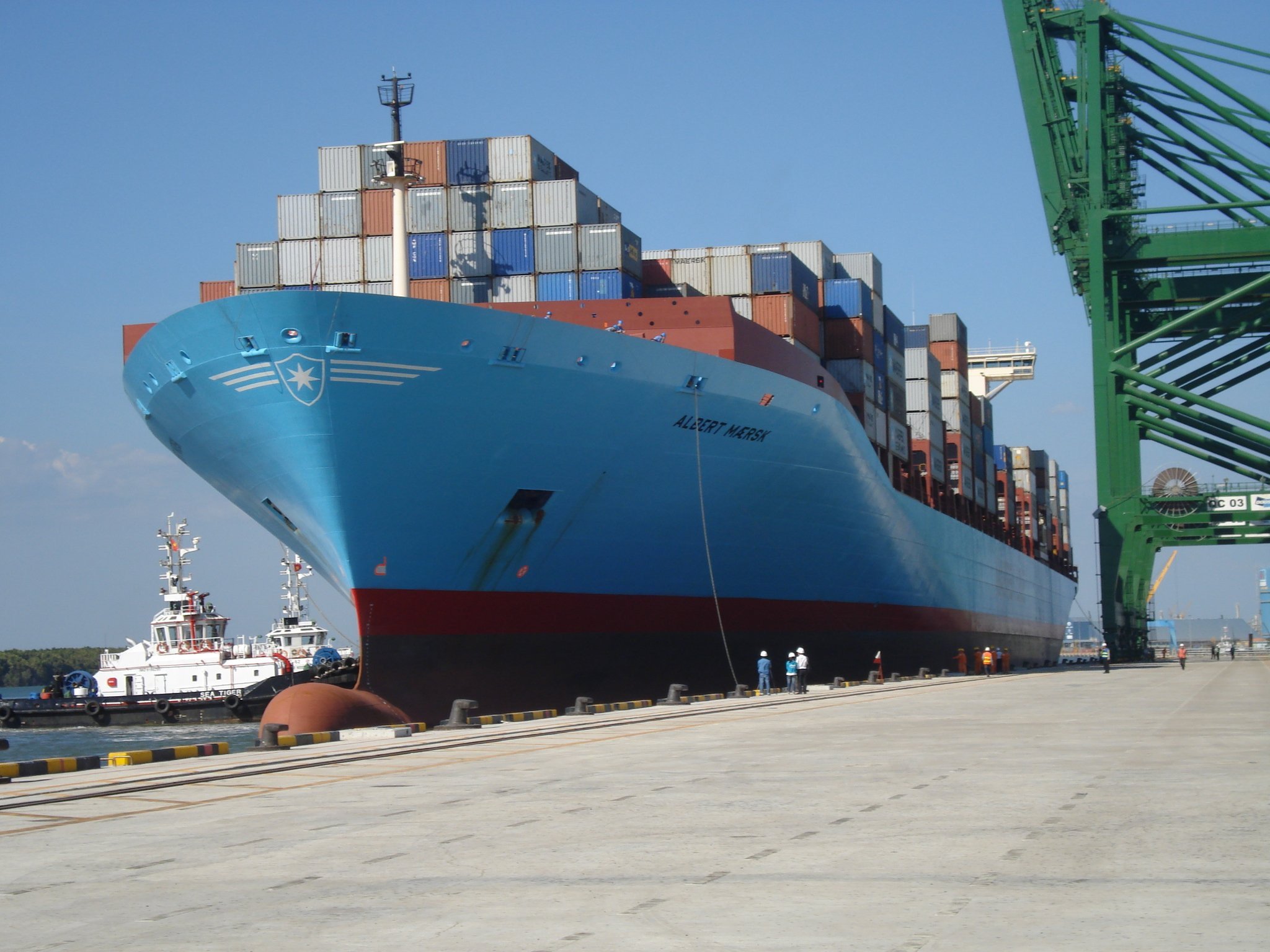
The port cluster in Ba Ria - Vung Tau has welcomed many large ships.
The choice of Cai Mep Ha as the location to form a free trade zone is based on its outstanding natural advantages. This place, with Cai Mep - Thi Vai seaport, one of the 21 largest ports in the world, can receive super container ships and connect directly to America and Europe, creating a solid foundation for the development of this commercial zone.
In recent times, Ba Ria - Vung Tau has proactively implemented a number of necessary tasks such as: updating the policy on developing free trade zones into the planning of Ba Ria - Vung Tau province for the period 2021-2030, with a vision to 2050. The province organized the planning of Cai Mep Ha logistics center with an area of 1,686.73 hectares, and prepared a project pre-feasibility study report to submit to competent authorities for approval of the investment policy.
The province has also invested in inter-port and inter-regional transport projects, coordinated with the Central Government and localities in the region to promote the implementation of transport projects connecting the Southeast region. Especially connecting the Cai Mep - Thi Vai port system with Long Thanh airport, Ho Chi Minh City International Financial Center, industrial and urban centers in the region.
Source: https://www.baogiaothong.vn/cang-xanh-va-khu-thuong-mai-tu-do-mat-xich-tang-truong-kinh-te-ba-ria-vung-tau-192241129200134668.htm


![[Photo] Prime Minister Pham Minh Chinh chairs meeting on science and technology development](https://vphoto.vietnam.vn/thumb/1200x675/vietnam/resource/IMAGE/2025/5/17/ae80dd74c384439789b12013c738a045)
![[Photo] Readers line up to visit the photo exhibition and receive a special publication commemorating the 135th birthday of President Ho Chi Minh at Nhan Dan Newspaper](https://vphoto.vietnam.vn/thumb/1200x675/vietnam/resource/IMAGE/2025/5/17/85b3197fc6bd43e6a9ee4db15101005b)

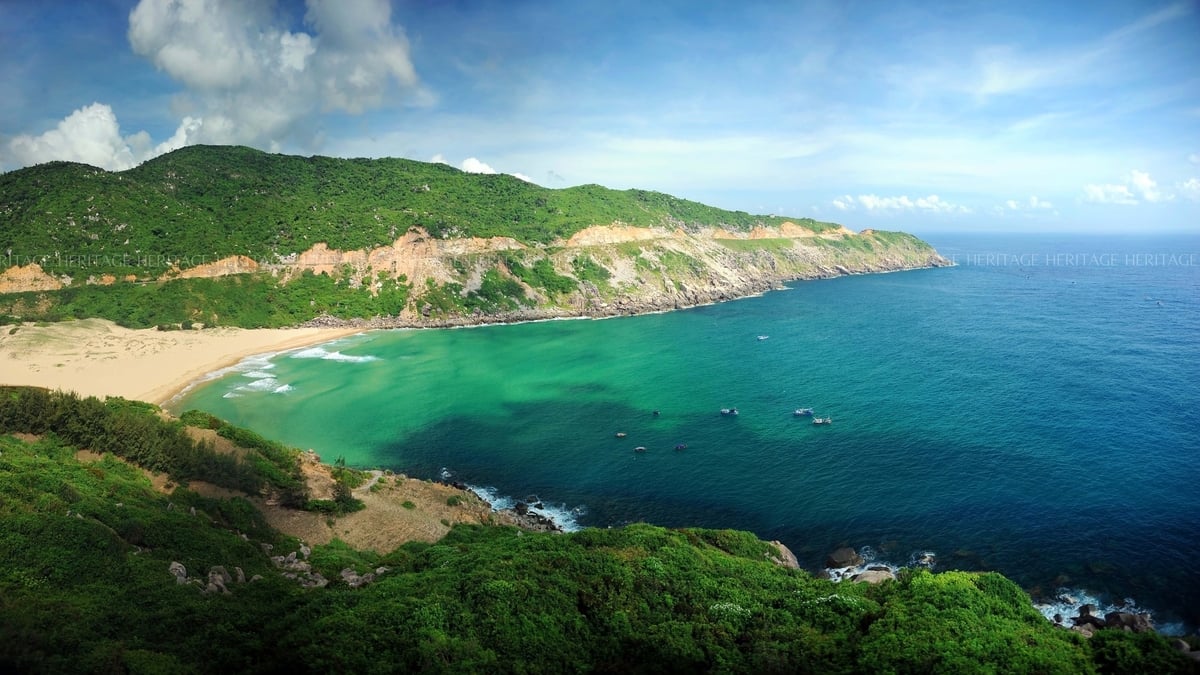
![[Photo] More than 17,000 candidates participate in the 2025 SPT Competency Assessment Test of Hanoi National University of Education](https://vphoto.vietnam.vn/thumb/1200x675/vietnam/resource/IMAGE/2025/5/17/e538d9a1636c407cbb211b314e6303fd)
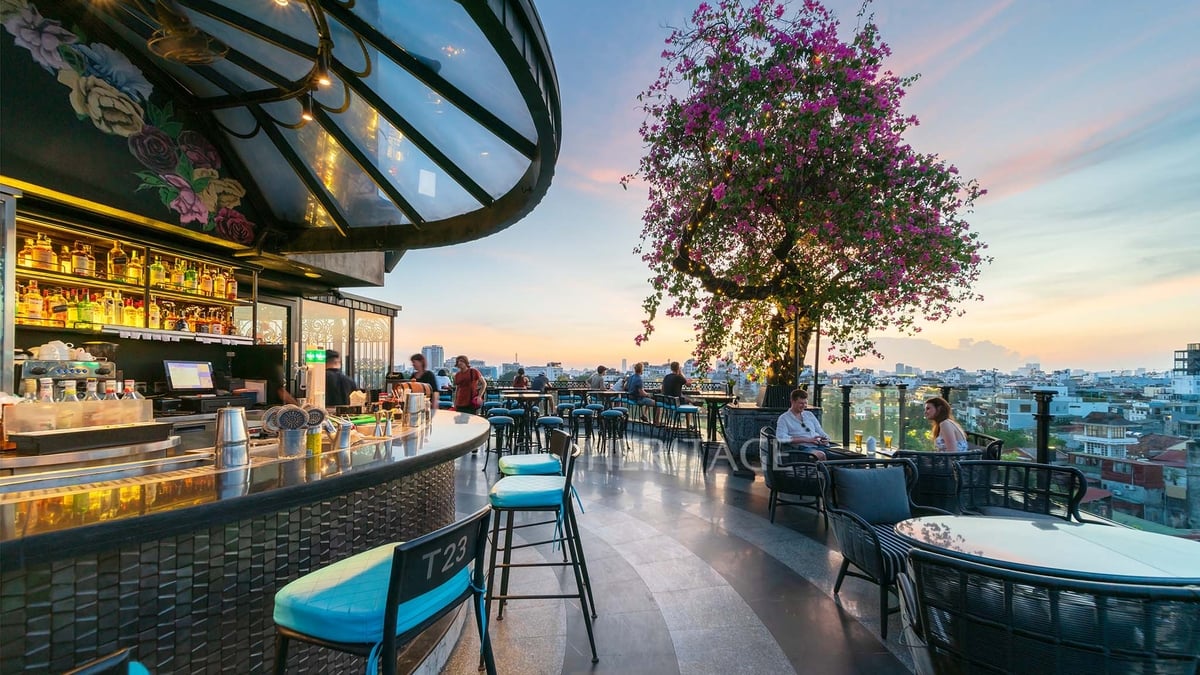
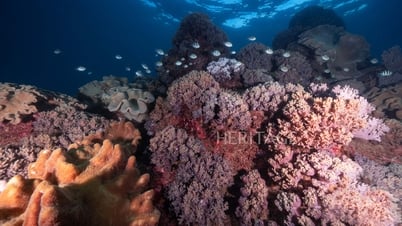

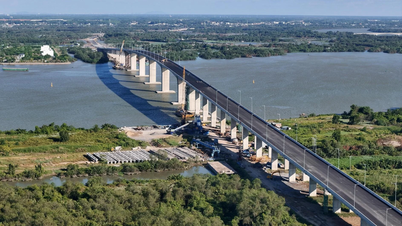

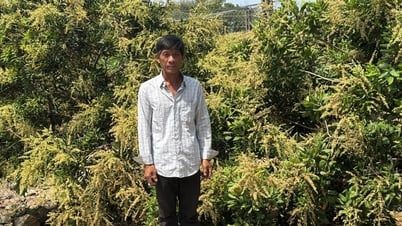

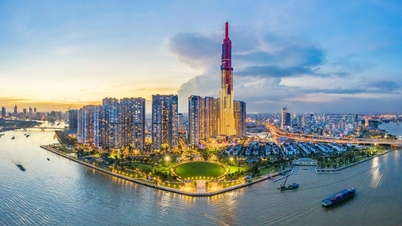

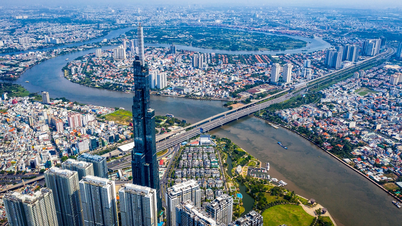

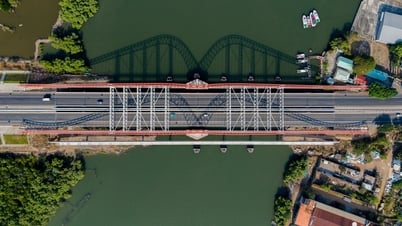

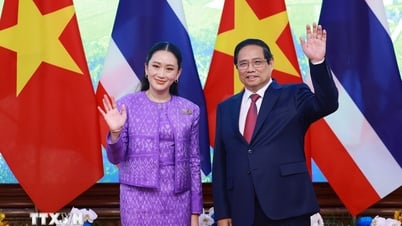

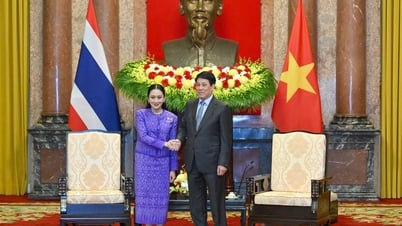

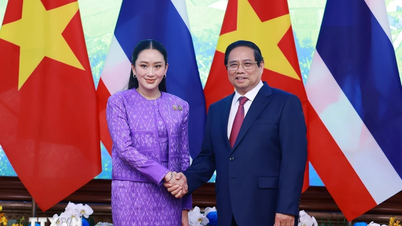
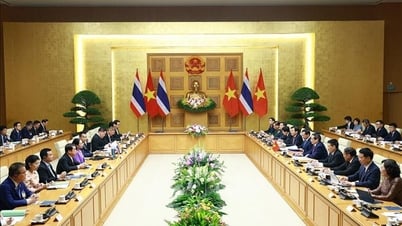

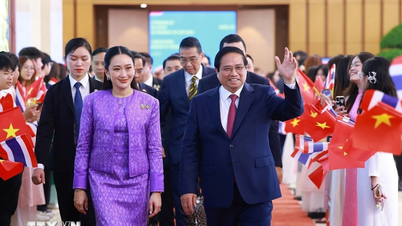

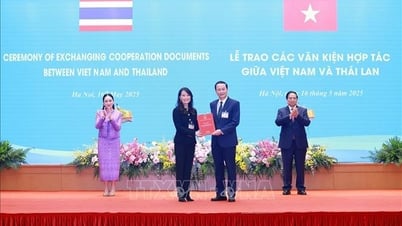




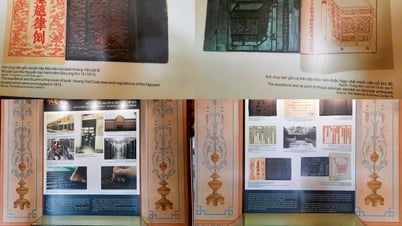
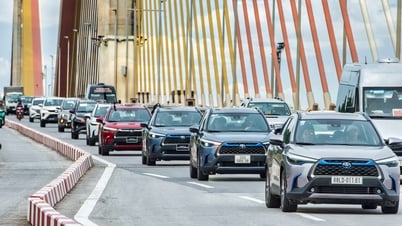




![[Photo] Nearly 3,000 students moved by stories about soldiers](https://vphoto.vietnam.vn/thumb/1200x675/vietnam/resource/IMAGE/2025/5/17/21da57c8241e42438b423eaa37215e0e)
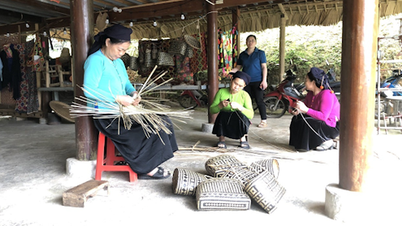



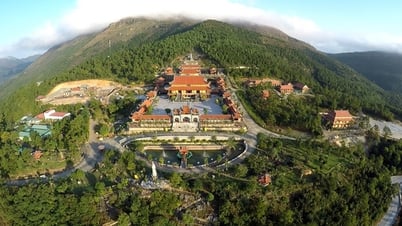

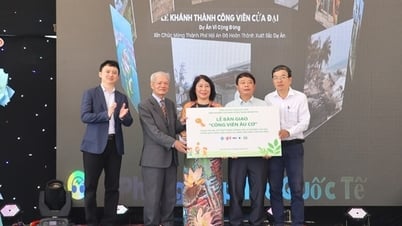

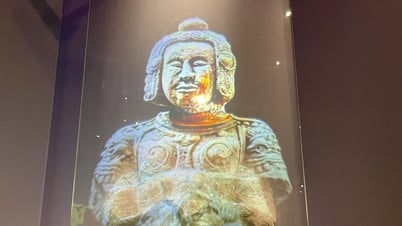



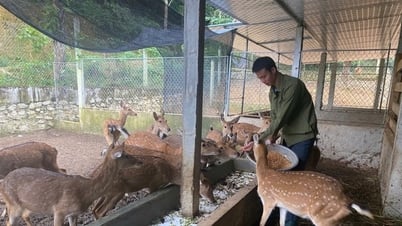



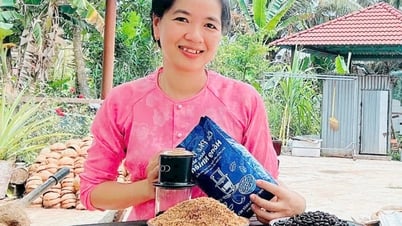



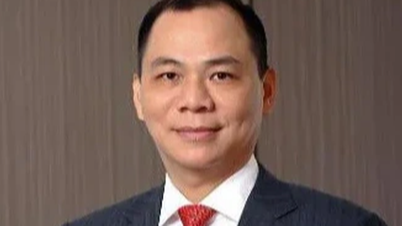
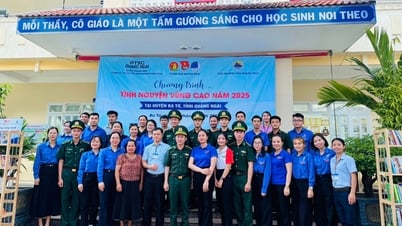

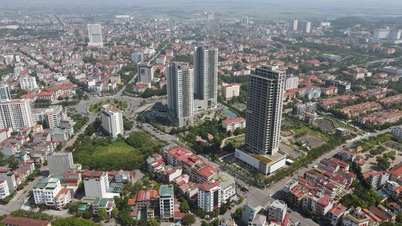
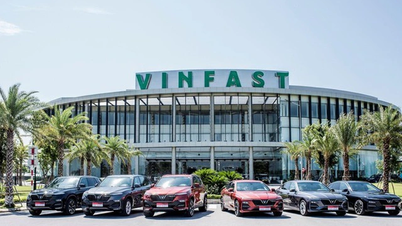




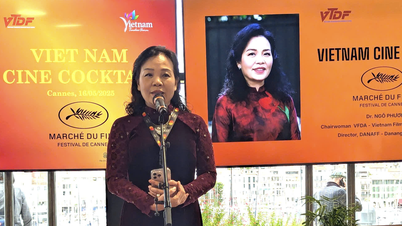

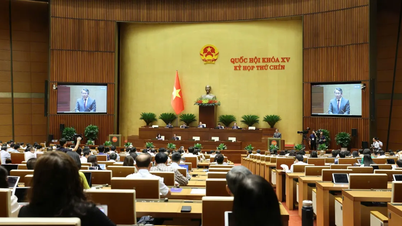

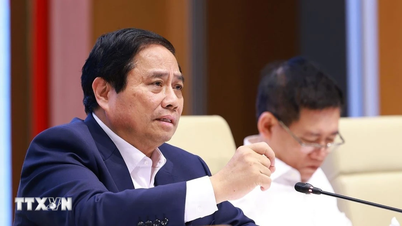
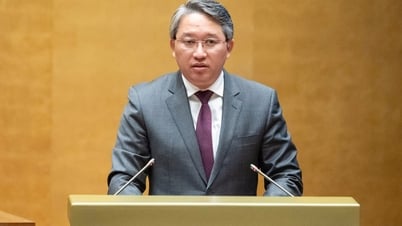
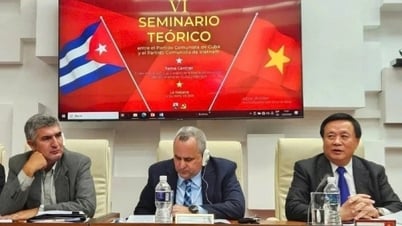

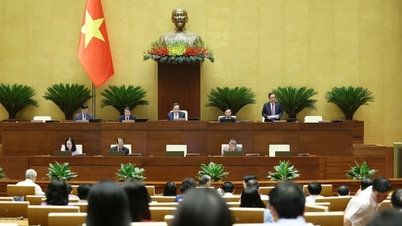
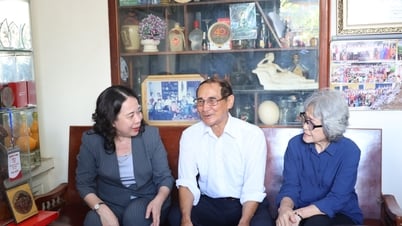

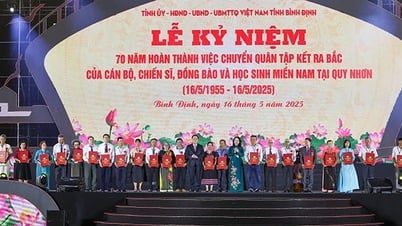
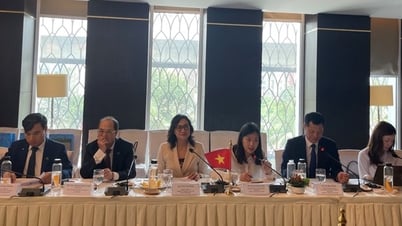

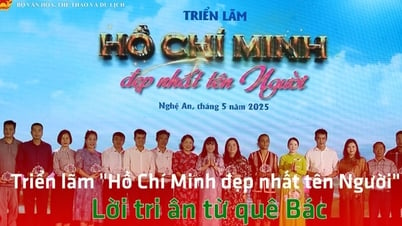

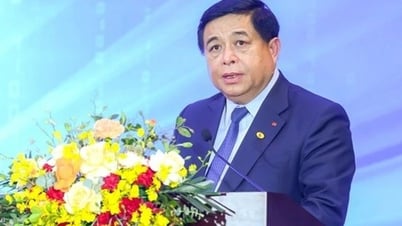

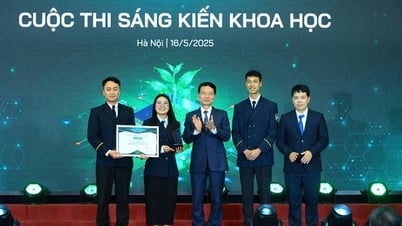


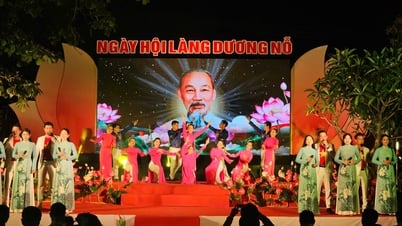


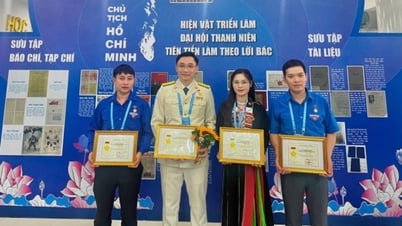


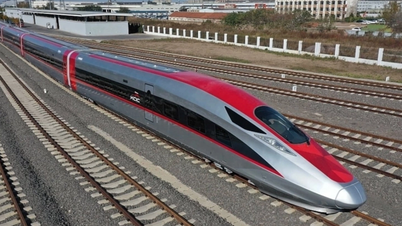











Comment (0)